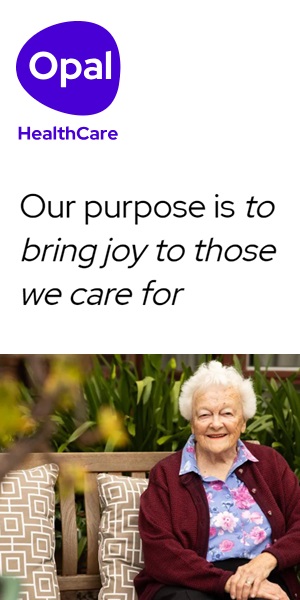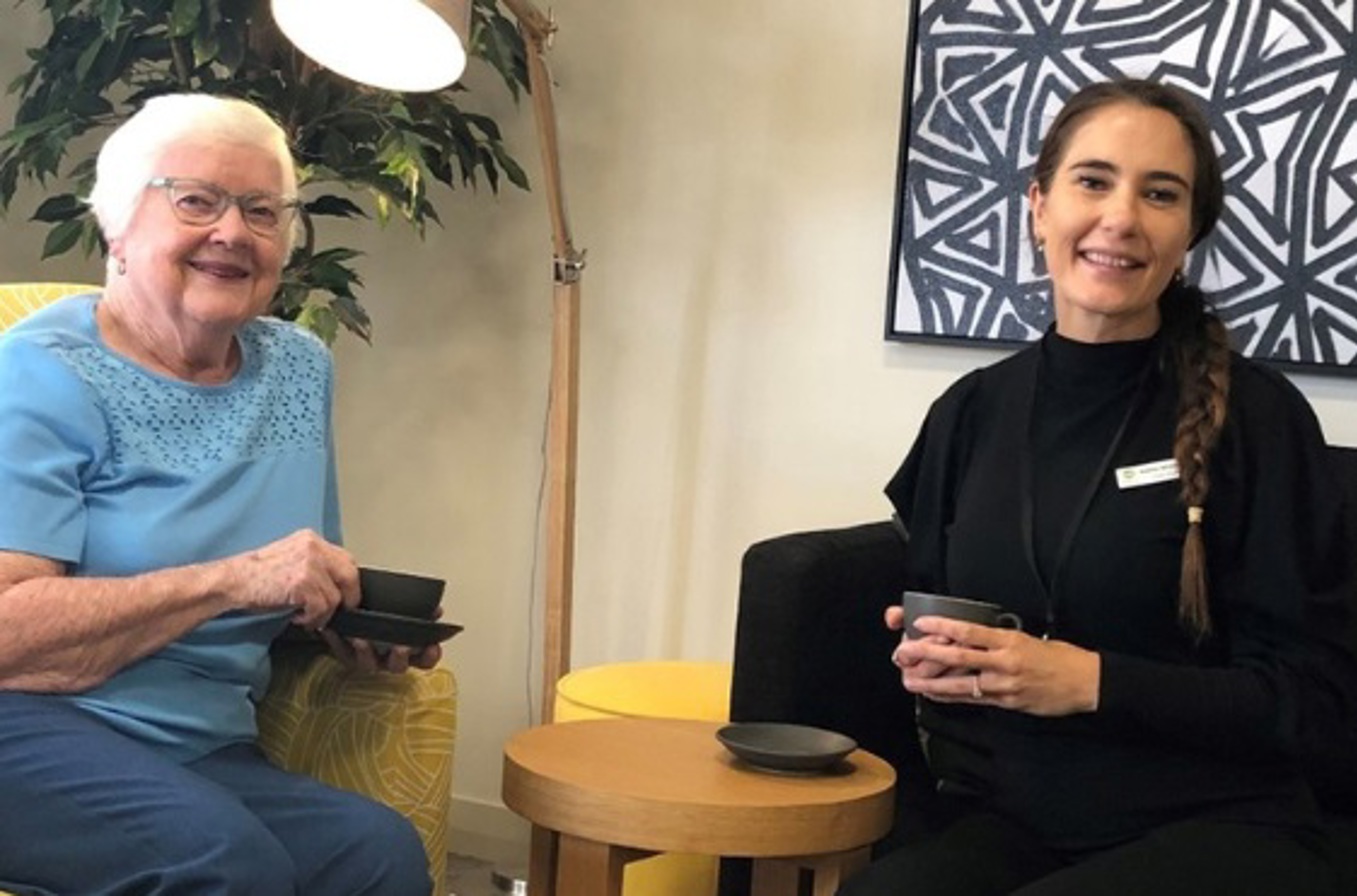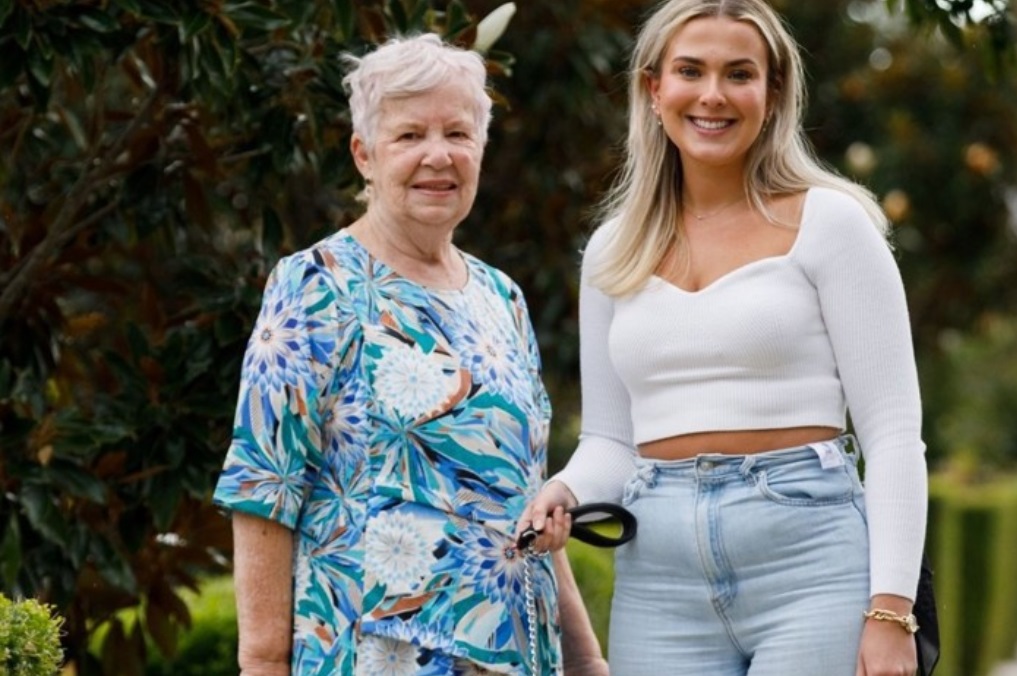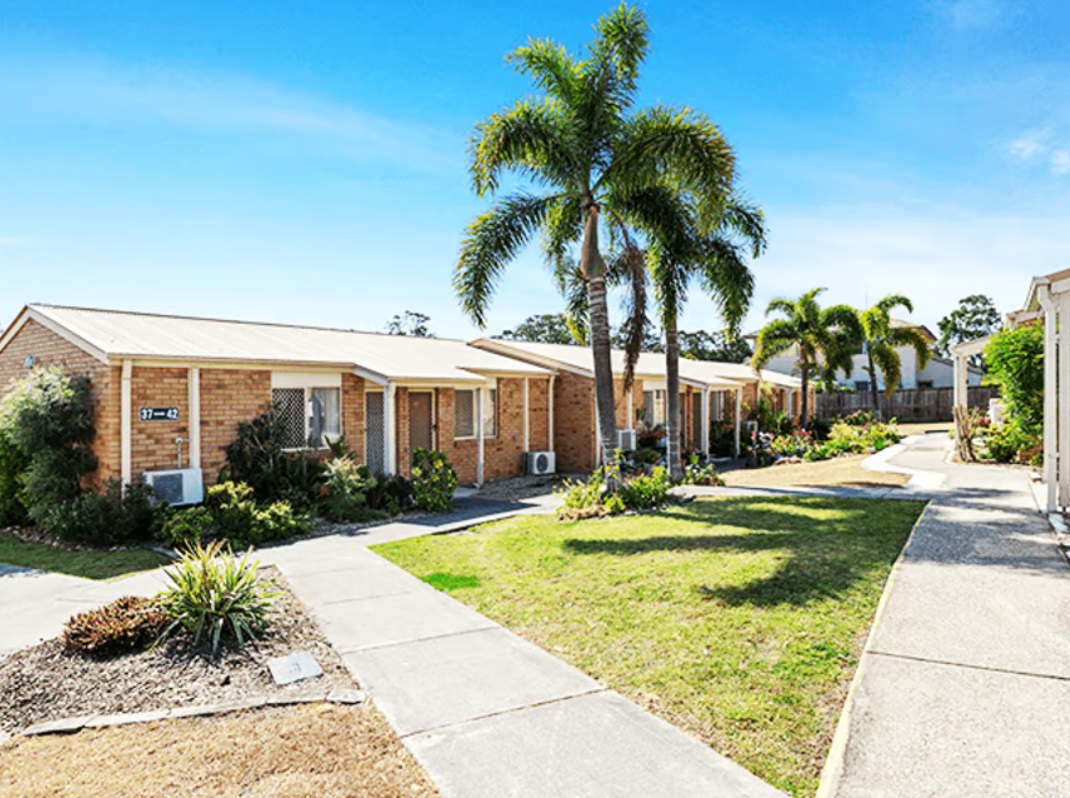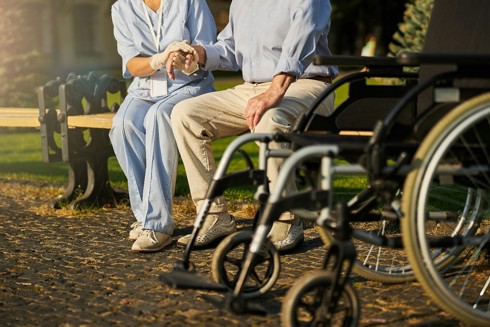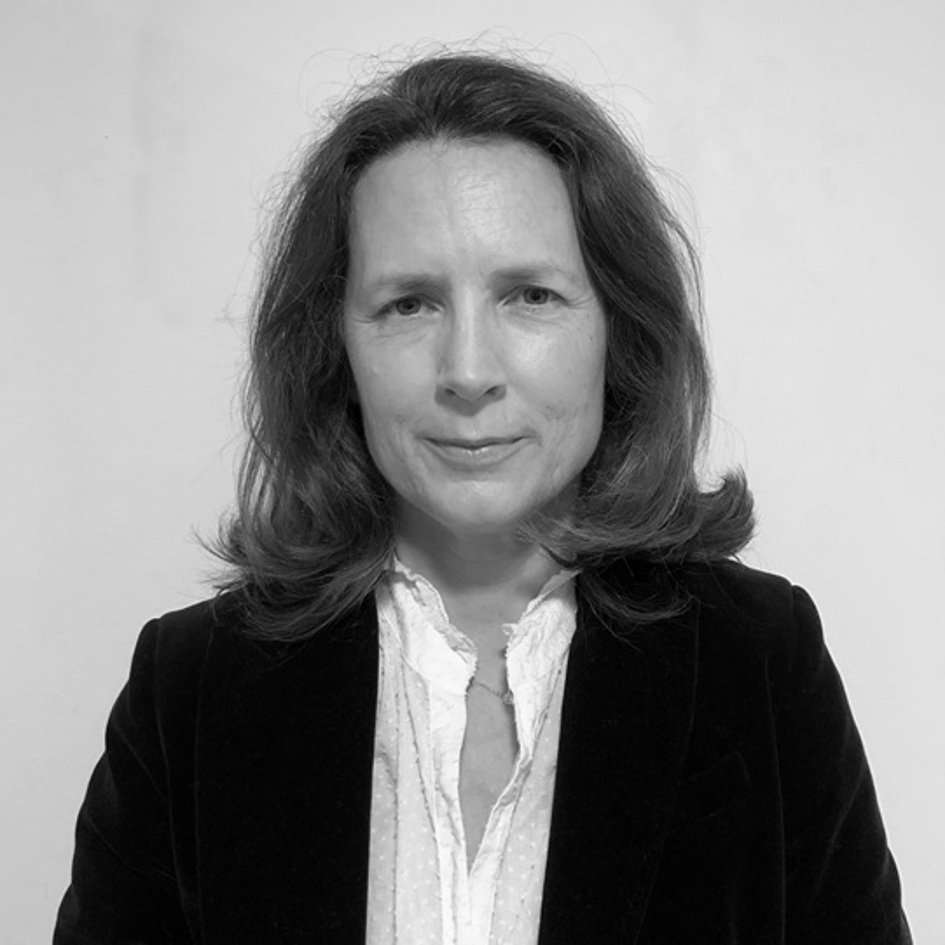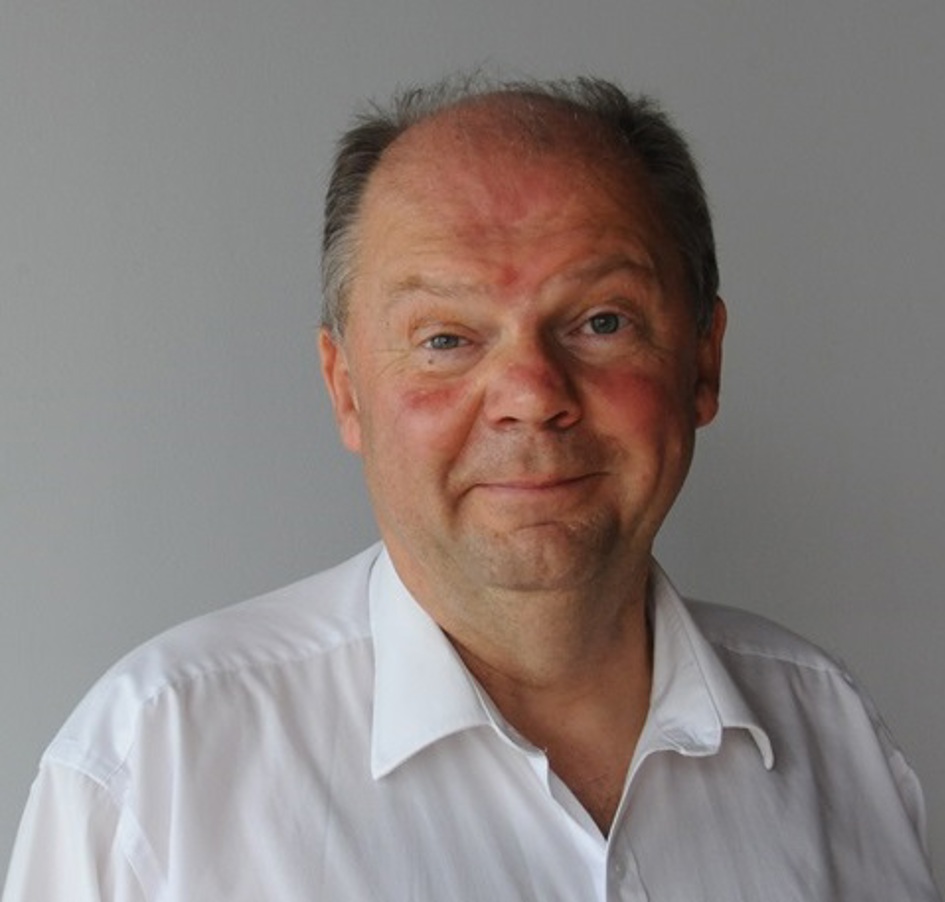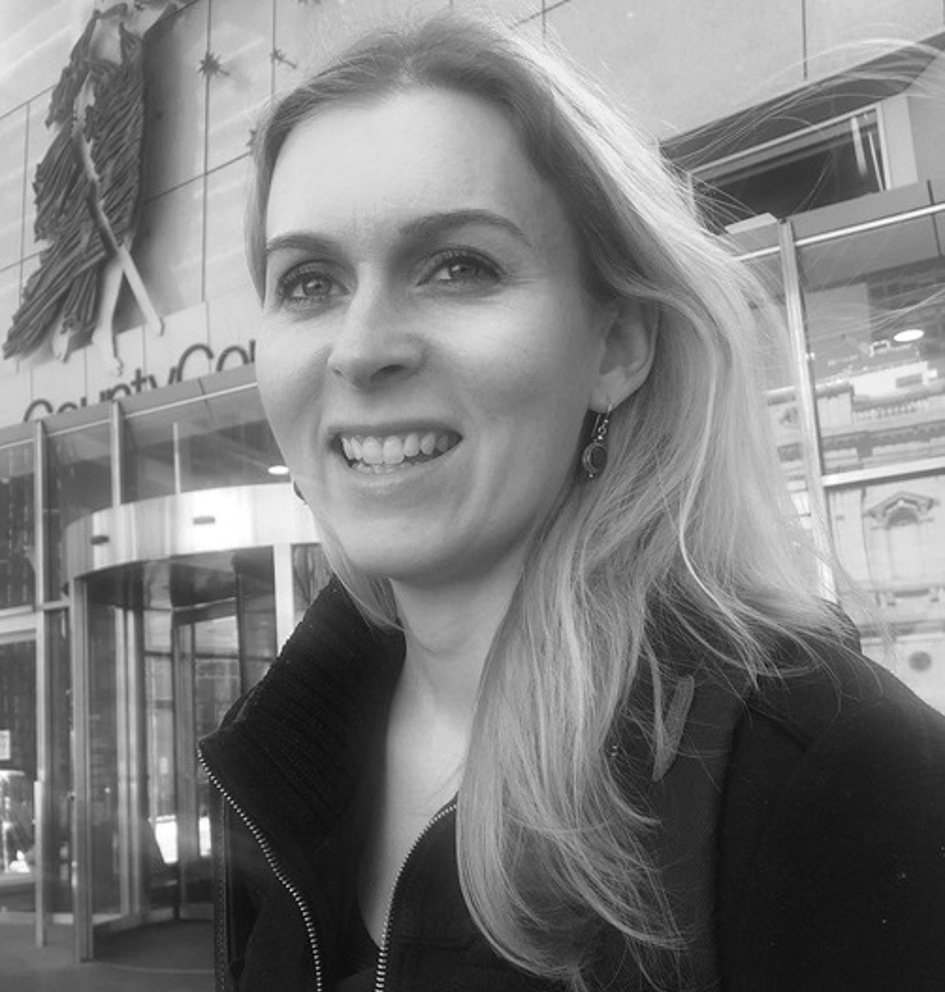Whiddon’s Live It UP program achieves major success in reducing falls

Whiddon’s Live It UP program achieves major success in reducing falls
Falls are the leading cause of preventable deaths in residential aged care, but they aren’t random or unavoidable. By identifying key risk factors, falls can be predicted and, in many cases, prevented.
Whiddon, a provider of aged care services across regional, rural, and remote areas of New South Wales and Southeast Queensland, has made impressive strides in reducing falls through its Live it UP program. This initiative aims to help seniors stay active and engaged in life, while also minimising the risk of falls.
The Live It UP approach: "Get Up, Stay Up, Live It UP"
Whiddon’s falls prevention program is built around the idea that older people shouldn’t be confined to sitting down to avoid falls. Instead, they should be able to “get up, stay up, and participate in life.”

Dr. Jennie Hewitt (pictured), who is part of Whiddon’s Research & Positive Ageing Hub, explained the program’s philosophy: “We want to encourage seniors to stay active in ways that are safe and meaningful to them.”
Informed by leading research
The Live it UP program draws from three pivotal studies to help reduce falls and fractures:
- Falls risk education: A UK trial showed that educating both staff and residents about falls risk factors led to a 43% reduction in falls. Whiddon developed a tool for clinical staff to assess individual resident risks and create personalixed fall-prevention plans.
- Food as medicine: Research shows that consuming 3.5 servings of dairy per day can reduce falls by 10% and fractures by 33%. Whiddon worked with its hospitality teams to offer residents delicious, dairy-rich meals, like scones fortified with milk powder and cream, to help meet their nutritional needs.
- Exercise as medicine: Whiddon’s own clinical trial, called Sunbeam, demonstrated that the right mix of strength and balance exercises can reduce falls by 55%. This exercise-based approach has become a cornerstone of the Live it UP program.
Early success and digital innovation
Since the launch of Live it UP, Whiddon has seen a 50% reduction in falls across participating aged care homes. However, staff feedback revealed that the initial paper-based risk factor tool was cumbersome and didn’t integrate well with electronic records, making it time-consuming to use.
In response, Whiddon developed a digital version of the tool, which streamlines the process and integrates seamlessly with electronic records. This change has led to further reductions in fall rates and positive feedback from clinical teams.
Looking ahead: continuing the progress
Whiddon’s goal is to achieve a 30% reduction in falls across all its homes. They are committed to continuously improving the program, working closely with staff, and responding to feedback to ensure that the new approach is fully embedded.
If you are looking for a residential aged care provider for your loved one, it’s important to ask about the measures they take to prevent falls. Whiddon’s Live it UP program is just one example of how a proactive, evidence-based approach can make a real difference in the safety and quality of life for seniors.
